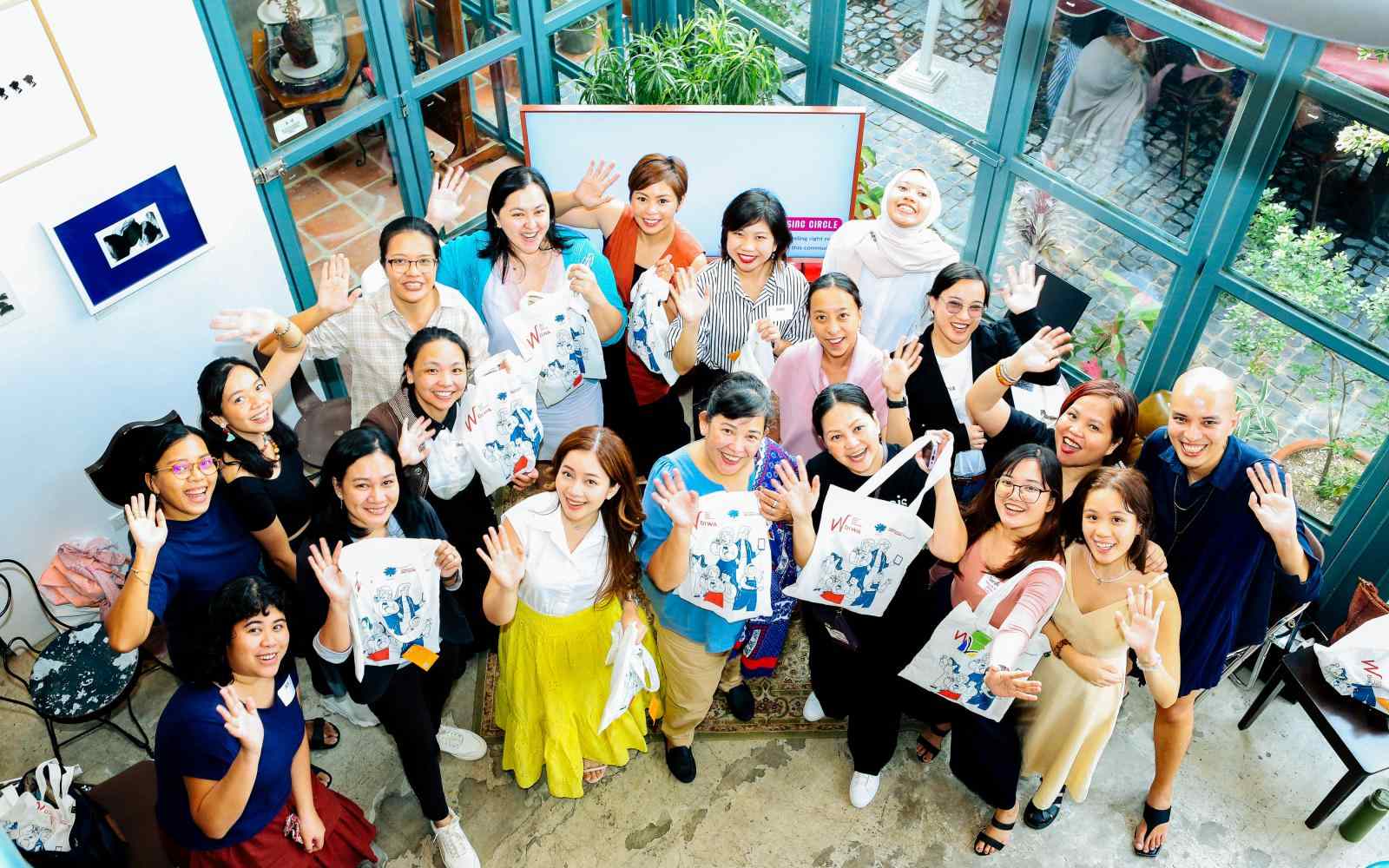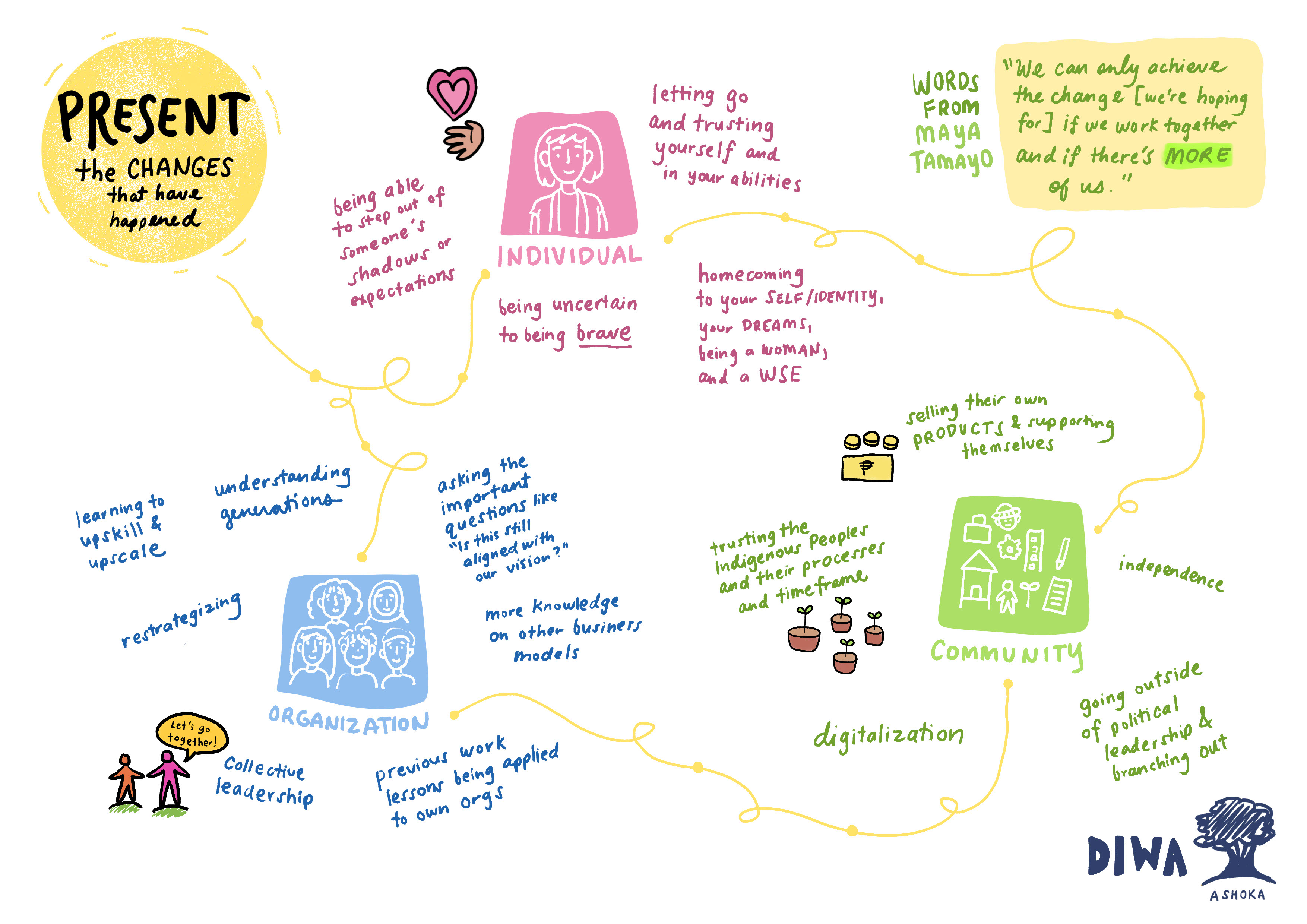DIWA Onwards Together (Philippines)
Held on July 22, 2023 in Taguig City, Philippines gathered 14 select DIWA program alumni to share learnings, reflections, and their hopes for a more inclusive social entrepreneurship ecosystem in the Philippines.



